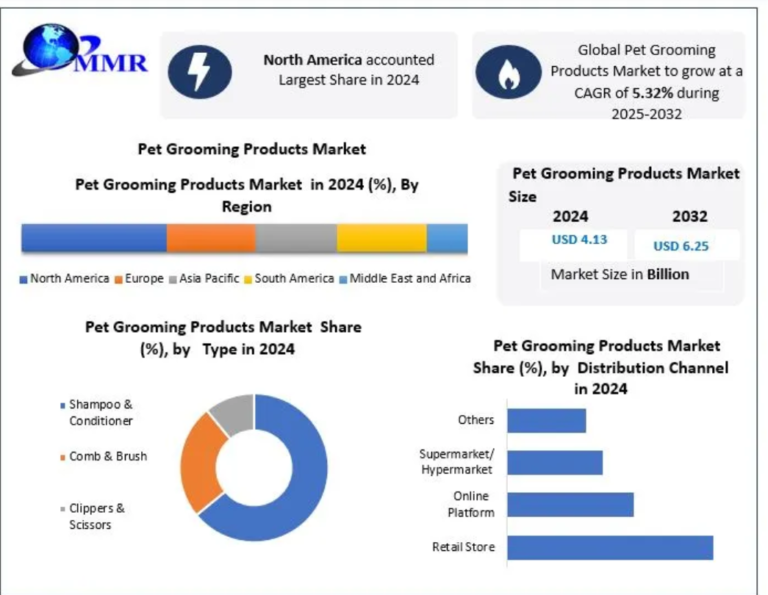In an era where fashion is shaped as much by cultural relevance as by craftsmanship, Rhude has emerged as a brand that knows how to bridge the gap. Founded by Rhuigi Villaseñor in Los Angeles in 2015, the label has quickly gone from a local favorite to an international name. Central to this rise is one garment: the Rhude hoodie.
Once dismissed as casualwear, the hoodie has become a symbol of modern luxury, and Rhude has been at the forefront of this transformation. The brand’s ability to elevate a simple silhouette into a cultural and commercial success story highlights how streetwear continues to redefine the fashion industry.
Building a Brand on Storytelling
Villaseñor’s vision for Rhude hoodie is rooted in his personal story. After moving from the Philippines to Los Angeles at a young age, he grew up immersed in the energy of American pop culture and street life. That cultural mix, combined with his fascination for design, became the foundation of Rhude’s DNA: Americana filtered through a luxury lens.
When Rhude launched, the hoodie served as a blank canvas for Villaseñor’s narrative-driven designs. From vintage-inspired washes to graphics that nod to music, racing, and nostalgia, each hoodie carried more than just aesthetic appeal—it told a story.
Why the Hoodie Became the Flagship
Every successful brand has a product that serves as its entry point to the consumer. For Rhude, it was the hoodie.
-
Accessibility – While Rhude produces tailored pieces and runway-level collections, the hoodie is approachable and easy to wear.
-
Profitability – Hoodies occupy a lucrative middle ground in luxury fashion: high enough price points to command margin, but accessible enough for a broad audience.
-
Cultural Resonance – Streetwear thrives on relatability. The hoodie, universally recognized, became the perfect vessel for Rhude’s message.
This strategy has placed Rhude in the company of brands like Fear of God and Off-White, who also built empires around everyday staples.
From Retail to Resale
Part of the hoodie’s commercial success lies in its performance across both traditional retail and the resale market.
At retail, Rhude hoodies are priced between $400 and $600. Despite the premium, demand remains strong, particularly in luxury e-commerce platforms like SSENSE, Farfetch, and Mr Porter. On the resale market, rare or limited-edition hoodies often trade at a premium.
This resale activity not only boosts the hoodie’s cultural status but also reinforces Rhude’s positioning as a brand that produces items with enduring value. For young consumers who view fashion through the lens of investment, this makes Rhude especially appealing.
Celebrity Power and Cultural Impact
The hoodie’s journey into icon status was accelerated by its visibility on celebrities. LeBron James, Kendrick Lamar, Jay-Z, and The Weeknd have all been photographed in Rhude hoodies, instantly amplifying the brand’s reach.
In fashion, celebrity influence often translates directly into sales. But for Rhude, it has done more: it has turned the hoodie into a cultural marker. Wearing one signals not only a sense of style but also an alignment with a movement where streetwear and luxury co-exist.
The Economics of Scarcity
Another factor behind the hoodie’s success is controlled scarcity. Rhude often produces limited runs, creating urgency and exclusivity. This scarcity fuels hype and ensures that each drop maintains consumer attention.
It’s a model borrowed from sneaker culture but adapted for apparel. By avoiding overproduction, Rhude protects both its brand equity and its resale value—two elements critical in today’s fashion economy.
Expanding Beyond the Hoodie
Though the hoodie remains Rhude’s most recognizable item, the brand has expanded its offerings significantly. Its collections now include tailored outerwear, footwear, and accessories, positioning Rhude as more than just a streetwear label.
Collaborations with Puma and McLaren have also helped introduce the brand to wider audiences, proving that Rhude can flex its aesthetic across industries. Yet, even with this expansion, the hoodie continues to anchor the brand’s identity, serving as the entry point for new consumers and the emblem for loyal fans.
Rhude in the Global Fashion Market
Rhude’s rise also speaks to the broader state of the fashion industry. Streetwear’s influence on luxury is no longer a trend—it’s a permanent shift. Hoodies and sneakers are now seen on the same runways as couture gowns and Italian tailoring.
Brands like Rhude have leveraged this shift by producing garments that appeal across demographics. For Gen Z and millennial consumers, who value comfort as much as cultural capital, the hoodie is the perfect product. And Rhude’s ability to turn it into a luxury object highlights how the business of fashion has changed.
Looking Ahead
As Rhude grows, the question is how long the hoodie can remain its flagship product. The brand’s expansion into more sophisticated categories suggests Villaseñor is thinking about legacy beyond streetwear. Still, the hoodie will likely remain central—not just for its sales, but for its symbolism.
For consumers, owning a Rhude hoodie means more than buying a sweatshirt. It means buying into a cultural story and aligning with a brand that reflects modern identity. For the industry, it’s proof that a simple garment can become a global phenomenon when elevated with vision and authenticity.
Conclusion
The Rhude hoodie is more than a fashion item—it’s a case study in how modern luxury brands are built. By combining storytelling, scarcity, celebrity influence, and craftsmanship, Rhude has turned an everyday essential into a cultural icon and a commercial powerhouse.





